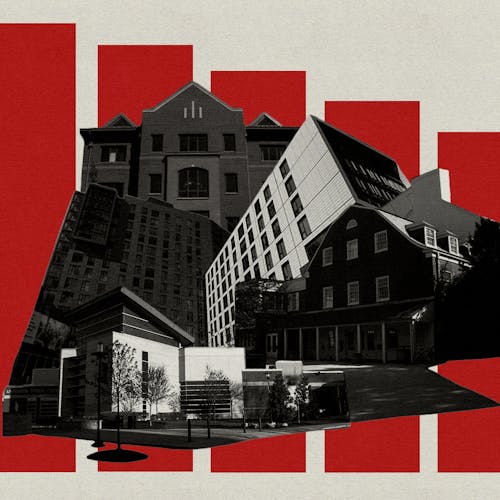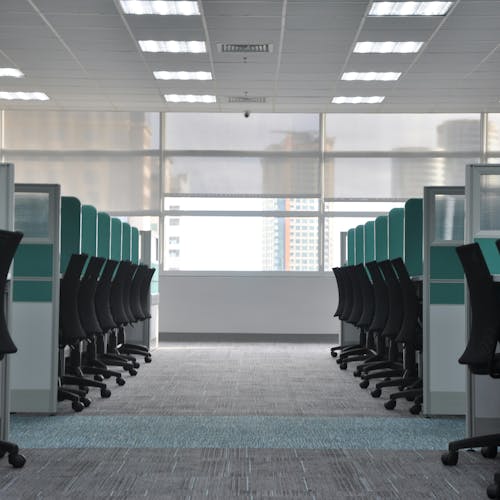SAJU: Voting history, fight for our democracy
Column: Pride, Not Prejudice

Along with flowers, “I Voted” stickers adorn the grave of Susan B. Anthony. Anthony, an activist who fought for women’s right to vote, was not awarded one of these sticky civic badges of honor when she went to vote in the election of 1872. Instead, she was handcuffed, arrested and convicted for doing something so commonplace in our society: casting a ballot.
While the 19th Amendment (which gave women the right to vote in 1920, passed after Anthony’s death in 1906 and named in her honor) was the single largest voting rights expansion in our nation’s history, it did not enfranchise all women equally.
Black women were blocked from the ballot by Jim Crow-era restrictions (the relics of this time are still enshrined in our political system), Native American women were unable to vote in all states until the 1960s (although they were recognized as citizens in 1924) and Asian women could not vote until immigration and naturalization restrictions were lifted in 1952.
Although voter suppression is framed as an issue of the past, obstacles to the ballot box continue to persist for certain communities. For example, young people, specifically college students, are disproportionately affected by voter ID requirements. Several states prohibit college students from using their college IDs to register to vote, require students to prove their domicile and/or close polling places on college campuses.
At Rutgers, students will be able to find comprehensive guidance about voter registration and election information on the Center for Youth Political Participation Website (CYPP). CYPP will launch an initiative called RU Voting National this month, which will be a microsite dedicated to accurate and accessible information for college students across the country.
Recently, there is “a different form of massive voter suppression occurring in front of our eyes," said Rep. Gerry Connolly (D-Va.). Connolly is the chairman of the House of Representatives subcommittee that oversees the Postal Service.
President Donald J. Trump's Administration is attempting to undermine the Post Office’s ability to handle the surge in mail-in ballots. Typically isolated from political interference, the situation surrounding the Post Office is becoming partisan. But, there is no question if the Post Office will be able to handle the sheer number of ballots being mailed in.
Even if every single registered voter in the United States (150 million people) decided to vote-by-mail, the system would not collapse. The Postal Service processes more than 500 million pieces of mail a day. It handles more than 3 billion pieces of mail in the week before Christmas alone.
The biggest threat to the Post Office is not blocked funding. Post office leadership has been reorganized and cost-cutting measures have been instituted. These changes have already yielded a slower mail delivery system. It is these service changes, over the current political dispute occurring and funding, that worry advocates for mail-in voting. “Nothing less than the integrity of the election itself” is at stake this November.
Therefore, voting by mail is critical for the preservation of our democracy. Particularly with the threat of a pandemic at our doorstep, voting by mail is a safe path to a more accurate and inclusive election. Voting by mail increases turnout, especially among groups that typically tend not to vote at the ballot box in large numbers, like young people. When Colorado switched to all-mail voting, there was a turnout increase of nine percent, and the increase was nearly double that among young voters.
In order to make the process of mail-in voting as secure and accessible as possible, there are three methods to practice: actively countering misinformation about mail-in voting, ensuring that public officials correctly educate voters about the subject and making sure that those unable to/uncomfortable with voting by mail are able to safely access in-person locations.
Individuals with special needs (such as the visually impaired), those who need language assistance and people without a valid address (like those experiencing homelessness) should all have access to an in-person polling site, even when voting by mail is encouraged.
Numerous groups throughout our history have fought for the right to vote, and countless individuals have given their lives for it. The current challenges facing the vote-by-mail system will be part of the fight to cast a ballot in this upcoming election. Choosing to cast a ballot means voting like your life depends on it — because, in big ways and small ways, it does.
Neha Saju is a School of Arts and Sciences junior majoring in political science and history and minoring in English. Her column, "Pride, Not Prejudice," runs on alternate Mondays.
*Columns, cartoons and letters do not necessarily reflect the views of the Targum Publishing Company or its staff.
YOUR VOICE | The Daily Targum welcomes submissions from all readers. Due to space limitations in our print newspaper, letters to the editor must not exceed 900 words. Guest columns and commentaries must be between 700 and 900 words. All authors must include their name, phone number, class year and college affiliation or department to be considered for publication. Please submit via email to oped@dailytargum.com by 4 p.m. to be considered for the following day’s publication. Columns, cartoons and letters do not necessarily reflect the views of the Targum Publishing Company or its staff.



